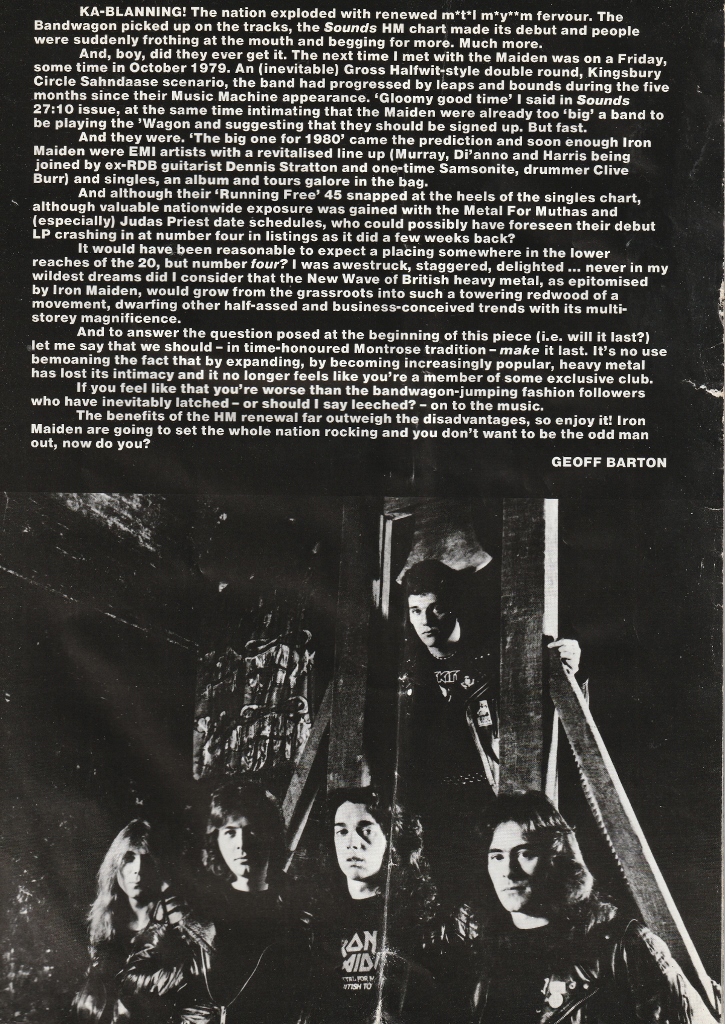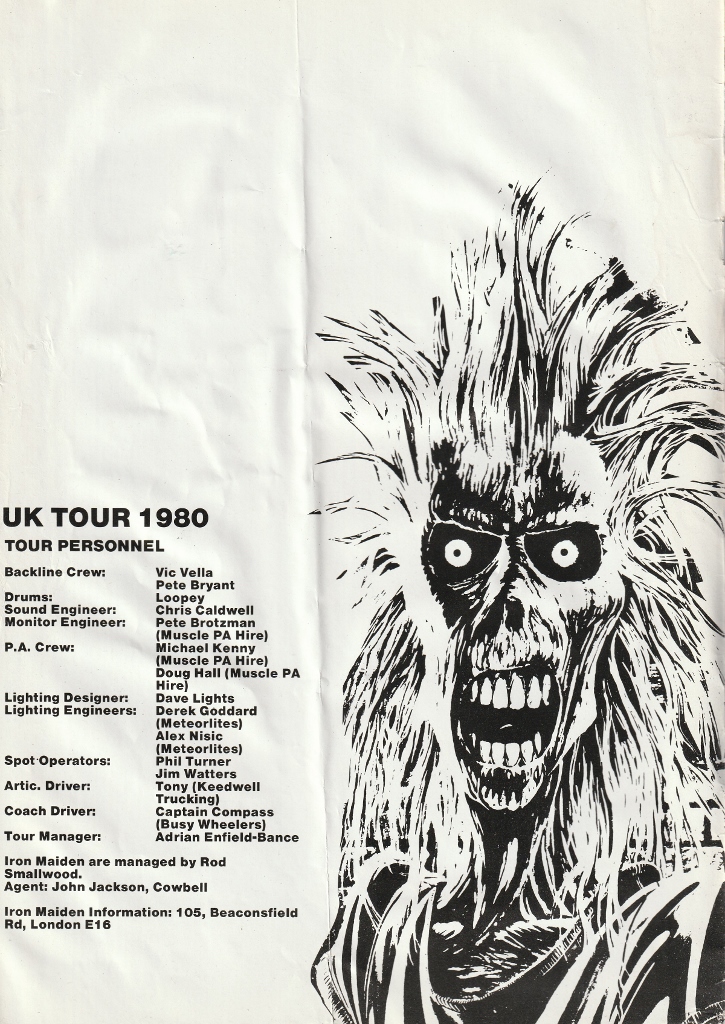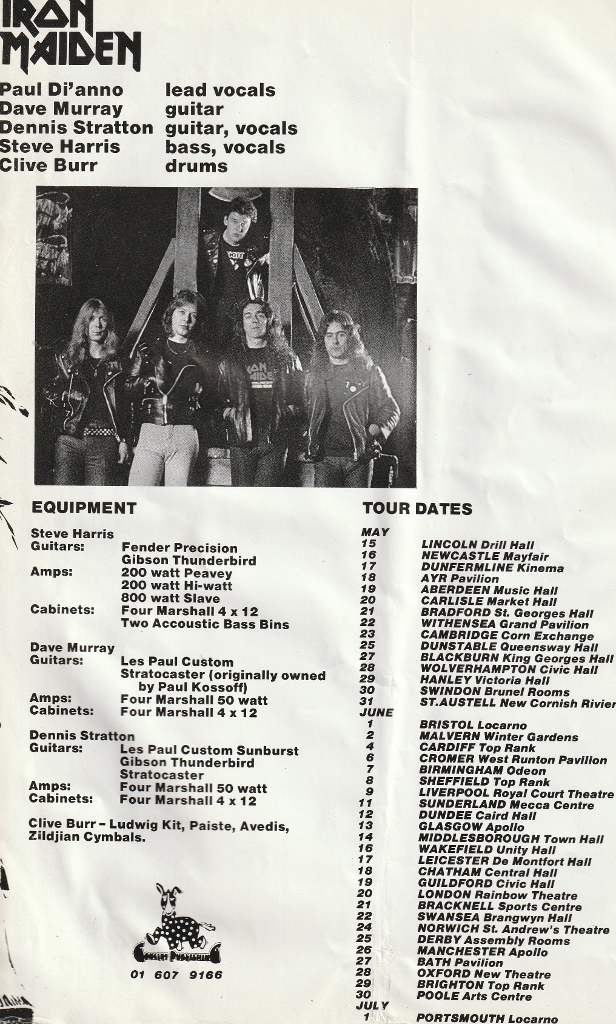
‘Assemblage’ is the first compilation album by the underrated Japan – Five of the ten recordings had never appeared on LP and it remains the only retrospective released by Hansa where band members were consulted regarding the content. Released in September 1981, the album captures the two phases of the band from 1977 to 1980 – Their earlier, grittier, glam sound and subsequent smoother, more dance-based music. Comparisons with Roxy Music spring to mind…
Chris Roberts, music journalist and film critic, describes ‘…their early, much-maligned ‘learning experience’as glam-metal-funk rockers straight outta South London. As the Eighties dawned, so did a new career, fresh methods of dance and a peculiarly relaxed swing.” [2.]
An interview with Sylvian and Jansen in 1981 describes their formation in South London and their first recording contract:
Interviewer: “Now, when the group formed, it was four guys that got together initially at school – Is that correct?
David Sylvian/Steve Jansen: Yeah
Interviewer: “Those four guys, so we read, could not play music and/or had not appeared at this stage. Who’s idea was it to form a group?”
David Sylvian: “It was like a mutual decision, it was the only way we could work together as a group of people…We had a basic interest in music and that’s how it started. We just chose instruments for each other and worked from scratch.”
Interviewer: “Then, 1977 I think it was, when you got your first record contract so, you were very fresh at that time. How did you come across that contract – Did someone see you or?
David Sylvian: “We auditioned for nearly every record company in England and were turned down by every one at the time. It was a German label that sort of picked us up because they saw a video of ours at the time and they purely signed us up on the image.” [5.]
Japan were:
David Sylvian – vocals, synthesizers. piano, electric guitar
Mick Karn – bass guitar, oboe, saxophone, recorder
Steve Jansen – drums, synthesizer, percussion
Richard Barbieri – synthesizers, sequencer, piano
Rob Dean – guitar, ebow
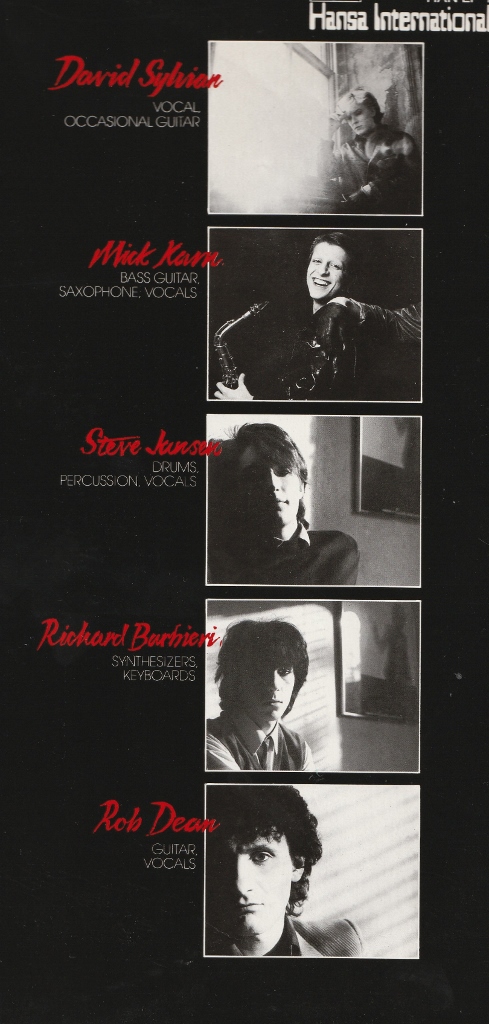
The fact that none of the band were musicians before they came up with the concept of Japan is probably not unique, given the punk ethic of ‘anyone can do it’ which was prevalent at the time. In any case, self-taught or otherwise, the level of musicianship reached by the players, individually and collectively, progressed to a high level during their career. Signing to a German, rather than a UK label, is likely to have influenced the music and attitude. Just taking a look at the titles on ‘Assemblage’ evidences the band’s world view: China, Rhodesia, Berlin, Europe and Tokyo are all referenced and two of the songs are from the United States.
Sylvian’s real name is David Batt – He and his brother Steve, the band’s drummer, were fans of the New York Dolls, David taking his ‘stage name’ from Dolls’ guitarist Sylvain Sylvain and Steve allegedly adapting Doll’s singer David Johansen’s surname to Jansen. Their fascination with the New York band and the influence of the likes of Bowie, also explains their image (glam, androgynous) and attitude in their first musical phase. The choppy guitars and vocal inflections in the early music sound similar to other US bands like their contemporaries Television – Check out the choppy guitars and dissonant solo lines on ‘Love Is Infectious’ and ‘Sometimes I Feel So Low’ from ‘Obscure Alternatives’.
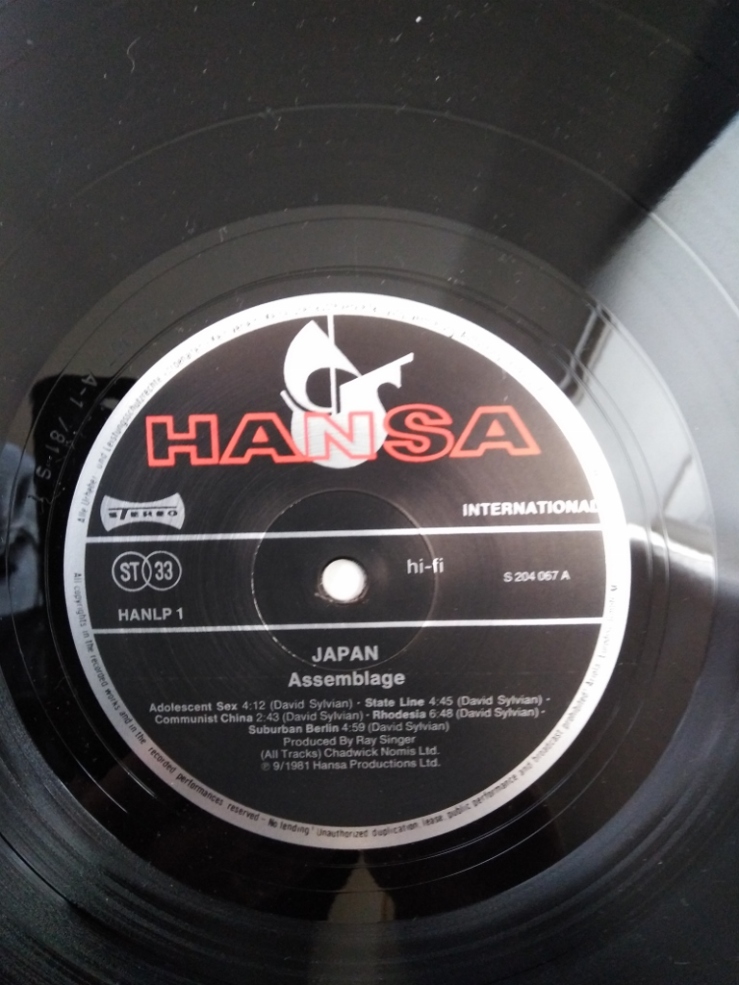
Side One
All tracks written by David Sylvian – music and lyrics
‘Adolescent Sex’ is the title song of their first LP, but this is a re-recorded (and, in my opinion, superior) version from spring 1978 and never featured previously on an album
‘Stateline’ was the 1978 B-side of single ‘Don’t Rain On My Parade’ and was not included on the first album. It features some interesting intellectual lyrics from Sylvian, who in a 1981 interview stated that : “…everything we do is based on images and imagery…I normally work from titles and the title of an album will normally come first and I’ll write the music around the titles.” [5.]
“Just you and me and a Marxist gun
Heaven knows you’ve got a lot to learn
Fall in love or take your time
Don’t you know
You’ve gotta take your turn
Son, your ambition’s way too high
Once you’re gone misquoted apathy
You pacify your broken heart
So much better than your you’ll ever be
I’m heading for a state line
I’m workin’ on love
I’m workin’ on you”
Rough new-wave guitar riffs and snarling vocals from Sylvian power ‘Communist China’, the third track on Side Two of the 1978 ‘Adolescent Sex’ album.
These first three tracks were all recorded at Audio International studios in London.
The slow reggae of ‘…Rhodesia’ and bleak, eerie ‘Suburban Berlin’ are both taken from the second album ‘Obscure Alternatives’, recorded at Morgan Studios in London and released in 1979.
Chris Roberts paints the picture of Japan’s second phase:
‘Life In Tokyo’, recorded with Giorgio Moroder, was avant-disco; 1980’s ‘Quiet Life’ album saw Sylvian embracing a more suave, laconic vocal delivery. Mick Karn’s bass slithered and shone seductively across Richard Barbieri’s warm keyboard washes and Steve Jansen’s inventive, probing rhythms. The loping, implicit funk was – magically – both pristine and erect, singing in the rain, arch pop songs for Papa Ooh Mao-Mao. But from here on, Japan’s music ached and throbbed with regret, yearning, nostalgia for an imagined future. Sparse but telling in texture and imagery. It was soft-spoken but carried a big thunderclap, its heart as cool as a lightning stab. It flowed with what Keats once called ‘huge cloudy symbols of a high romance.’
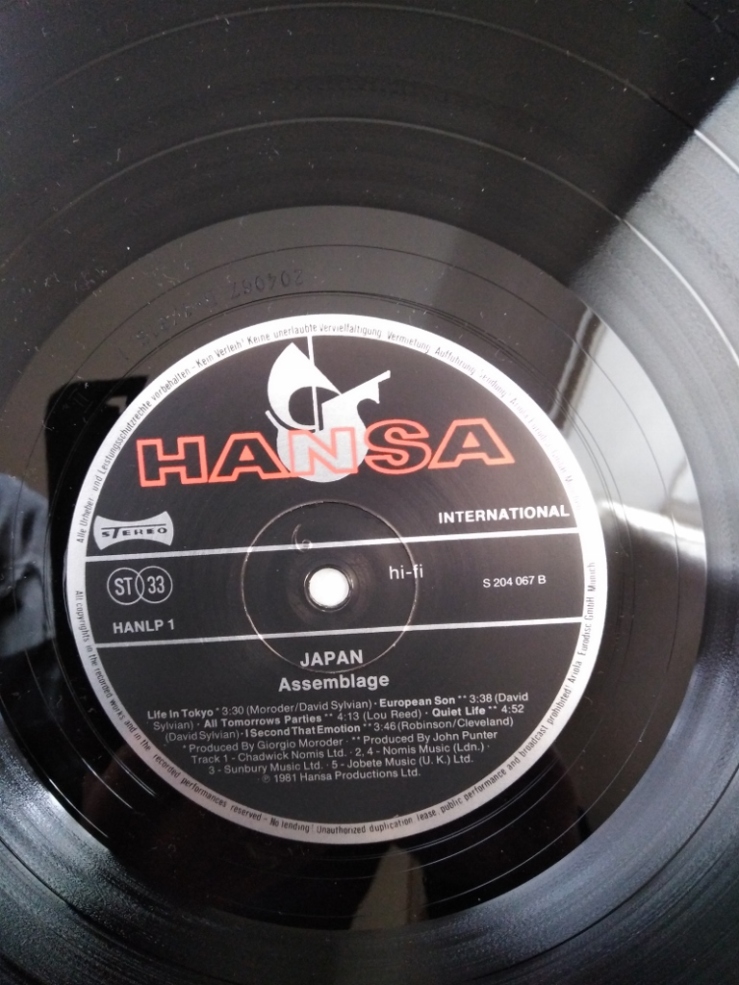
Side Two
Introducing the second phase of the band’s musical story, ‘Life In Tokyo‘ was written by David Sylvian and electronic disco guru Giorgio Moroder, with lyrical commentary on the Japanese capital by Sylvian:
“Somewhere there’s a sound of distant living
Welcome in high society
It seems so artificial
Why should I care?
Oh ho ho life can be cruel
Life in Tokyo
Oh ho ho, life can be cruel
Life in Tokyo”
A single A-side released in 1979, recorded at Rusk Sound Studios, Los Angeles, it had never featured previously on an album.
‘European Son’ was the B-side of the ‘Life In Tokyo’ single, recorded at DJM Studios in London and this was the song’s debut on an album.
‘All Tomorrow’s Parties’ was written by Lou Reed and originally performed by The Velvet Underground on their debut album ‘The Velvet Underground and Nico’ aka ‘The Banana album’. This excellent, sultry, cover was recorded at DJM Studios and is taken from the ‘Quiet Life’ album. released in 1979.
Another cool, dance-oriented single, ‘Quiet Life’ was recorded at Air Studios, London, in 1979 and is the title track from the ‘Quiet Life’ album.
Written by Smokey Robinson and Al Cleveland and originally a single by Smoke Robinson & The Miracles in 1967 on the Tamla/Motown label, this smooth cover of ‘I Second That Emotion’ recorded at Air Studios 1980 had been released as a single but had never featured previously on an album. It could be considered a somewhat bizarre cover choice for an art-rock band like Japan, but they stamp their own sound on it.
“…there is a steely certainty about Japan which freezes the jibes of the fashionable world and insists upon attention. ‘Ignore us if you like,’ the stares seem to say, ‘but you will be missing something.’…
…it has taken a long time, partly because the band’s music is totally bafflingly at odds with the visual image and partly because it reveals its extraordinary qualities only after repeated hearings. It is serious music, not solemn or self-important, but serious in the sense that rigour and craftsmanship and commitment have gone into its creation. It doesn’t sound like anyone else; it is unique’ it is Japan’s music…”
Dave Gelly – the Observer Music Critic. (from the sleeve of the vinyl LP)
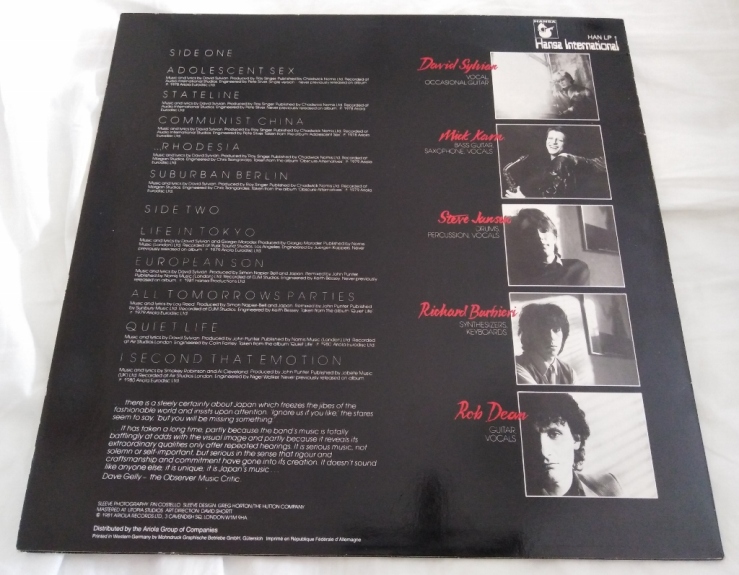
In a 1981 interview with Sylvian and Jansen, the interviewer picks up on the band’s success in the country that they are named after:
Interviewer: It’s really strange that you call yourselves Japan and that is probably the most successful country that you appear in, correct?
David Sylvian/Steve Jansen: “Yeah, that’s true.”
Interviewer: “Do you think that came from the name, the look of the band, the music…Why do you think you became so successful there?”
David Sylvian: “All those reasons you just said – The name, the look of the band and, eventually, the music, but it’s the music that sustains the success over there.”
Interviewer: “What sort of audiences would you play to in Japan?”
David Sylvian: “It used to be a very teen-oriented audience but the it’s grown and the audience is getting more mixed every time we go over there, and getting much older now.”
[5.]
This is an album that I played a lot ‘back in the day’ and, as such, it reminds me of a particular time. The music is arty, ethereal and other-wordly at times, an uplifting escape from the ‘humdrum’. Friends and I used to pronounce the title as you would ‘fuselage’ or ‘collage’, with a French inflection – Whether that was the intention of Japan or not, it definitely suits the vibe. Part of the attraction of ‘Assemblage’ is how compact the album is – clocking in just under the forty-four minute mark. Later ‘remastered’ and ‘reissued’ digital versions included ‘bonus’ tracks which detract from the whole premise of the original package.
On the ‘Gentlemen Take Polaroids’ (1980) and ‘Tin Drum’ (1981) albums, the band further developed their sound and had a big hit with their song ‘Ghosts’, which reached the UK top 5. This period was represented by ‘Exorcising Ghosts’, a collection compiled with David Sylvian after the band split up in 1982.
“Success came too late for the band,” David Sylvian said. “We’d been together so long, trying to find our way in the world. Then, with greater pressure came friction. I was already drawn to melancholy pieces of music; my heart was calling me as a writer to strip things away, conceal myself less. With ‘Gentlemen Take Polaroids’ I was just beginning to get there. With Tin Drum, a door opened and I saw a path ahead which resonated…” [2.]
Japan reformed in 1989 as Rain Tree Crow to record the album also titled ‘Rain Tree Crow’ in 1991.
Chris Roberts penned a poetic look back on the band’s music:
“In black and white terms, Japan were trading peacock colours for kites and flames, blonde for blue, glamour for guile: the Eastern promise of their visions of China thrilled the veins of their own experimental mini-orchestra, their arch flecks of soul. Ahead of fashion, staunchly behind their beliefs, lonely in a crowd, they were a charmed, unlucky band. They preferred to leave the party, for art’s sake, in search of fresh fruit. “Outside, there’s a world waiting…” Their beautiful legacy breathes again here, still falling in love with lanterns, sunsets and otherness, still smouldering like evening fires, still living on the edge of its nerves, still somehow winning and deathless.” [2.]

‘Assemblage’ tracklisting:
Side One
Adolescent Sex
Stateline
Communist China
…Rhodesia
Suburban Berlin
Side Two
Life In Tokyo (David Sylvian/Giorgio Moroder)
European Son
All Tomorrow’s Parties (Lou Reed)
Quiet Life
I Second That Emotion (Smokey Robinson/Al Cleveland)
Music and lyrics for all tracks by David Sylvian unless otherwise noted
References and quotes:
1. ‘Assemblage’ vinyl LP
2. ‘The Very Best Of Japan’ CD
3. https://en.wikipedia.org/wiki/Assemblage_%28album%29
4. http://nightporter.co.uk/
5. Interview with David Sylvian and Steve Jansen 1981 https://www.youtube.com/watch?v=9UUi3ogp164
Lyrics and music:
‘Assemblage’ vinyl LP
Photographs:
‘Assemblage’ vinyl LP





